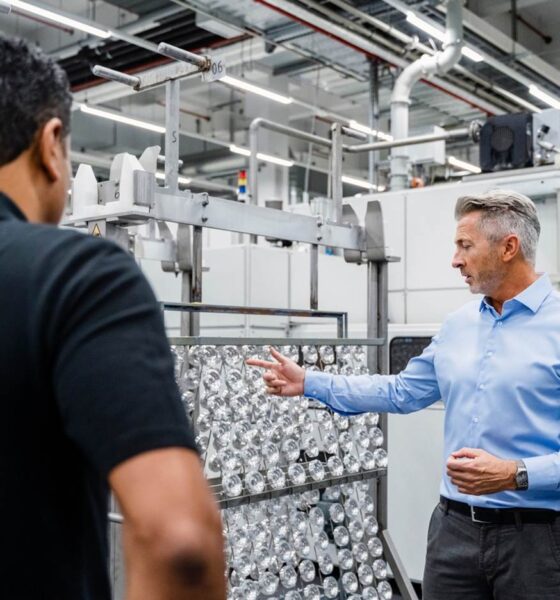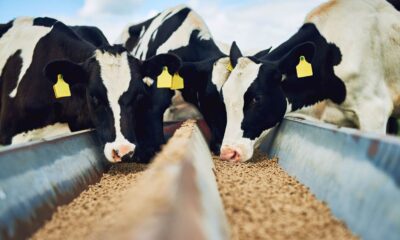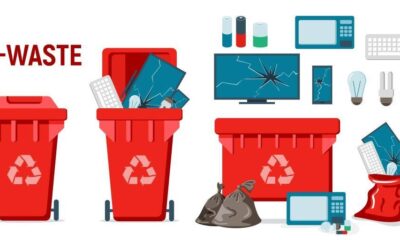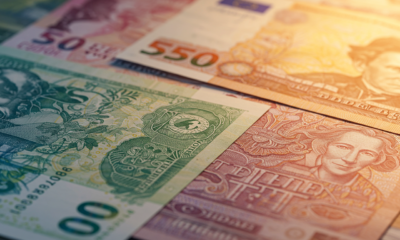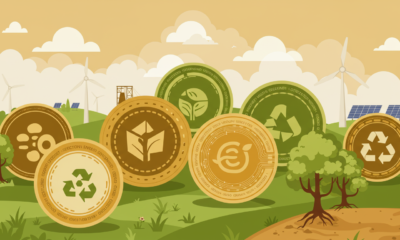Sustainability in manufacturing is becoming a core consideration for companies seeking to reduce environmental impact and improve efficiency. Machine design plays a critical role in this effort, as the materials, energy consumption, and lifecycle of equipment directly influence a company’s overall footprint. Implementing sustainable strategies at the design stage creates long-term benefits for both the environment and operational efficiency.
Material Selection and Resource Efficiency
Choosing the right materials can significantly reduce the environmental impact of manufacturing equipment. Engineers are increasingly selecting metals, composites, and plastics that are recyclable, lightweight, and energy-efficient to produce. For instance, aluminum components can lower overall machine weight, which reduces energy consumption during operation. Using fewer raw materials without compromising structural integrity also minimizes waste. Materials that require less processing or originate from renewable sources contribute to a more sustainable design approach.
Energy-Efficient Design
Energy consumption is a major factor in sustainability. Machines designed with energy-efficient motors, drives, and control systems reduce electricity use and operating costs. Incorporating variable-speed drives or high-efficiency NEMA gearbox options allows machinery to adjust performance based on load requirements, avoiding unnecessary energy waste. Thoughtful design of moving parts, friction reduction, and thermal management systems also enhances energy efficiency and prolongs the machine’s operational life.
Lifecycle Considerations
Sustainability extends beyond production to the entire lifecycle of a machine. Designing for durability, ease of maintenance, and modularity ensures that equipment can be repaired, upgraded, or repurposed rather than discarded. Components that are standardized and easily replaceable reduce downtime and extend service life. Planning for end-of-life recycling, such as separating materials for proper disposal, helps prevent equipment from contributing to landfill waste.
Water and Waste Management
Water use and waste generation are important factors in sustainable manufacturing. Machines that require minimal coolant, lubricants, or chemical inputs reduce operational waste. Closed-loop systems that recycle water and process fluids conserve resources and lower environmental impact. Optimizing waste collection and handling also ensures hazardous materials are properly managed and disposed of safely.
Innovation and Continuous Improvement
Sustainable machine design is supported by innovation. Digital simulations, computer-aided design, and predictive maintenance tools allow engineers to test and optimize machines before production. This reduces material usage, energy consumption, and operational inefficiencies. Continuous evaluation and adaptation ensure that sustainability goals remain aligned with technological advancements and industry standards.
Integrating sustainability into machine design is essential for modern manufacturing. Material choices, energy-efficient components, lifecycle planning, water and waste management, and ongoing innovation collectively reduce environmental impact and improve operational performance. Companies that prioritize these strategies not only meet regulatory requirements but also gain a competitive advantage while contributing to a more sustainable industrial future. Look over the infographic below to learn more.


 Environment10 months ago
Environment10 months agoAre Polymer Banknotes: an Eco-Friendly Trend or a Groundswell?

 Environment11 months ago
Environment11 months agoEco-Friendly Home Improvements: Top 7 Upgrades for 2025

 Features9 months ago
Features9 months agoEco-Friendly Cryptocurrencies: Sustainable Investment Choices

 Features10 months ago
Features10 months agoEco-Friendly Crypto Traders Must Find the Right Exchange

